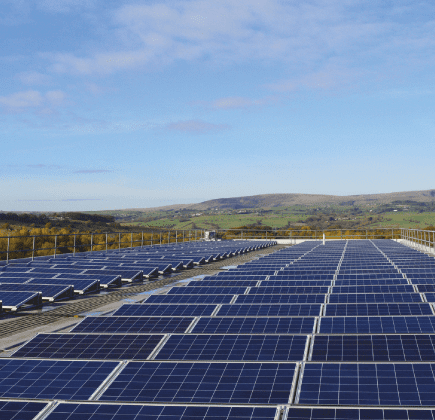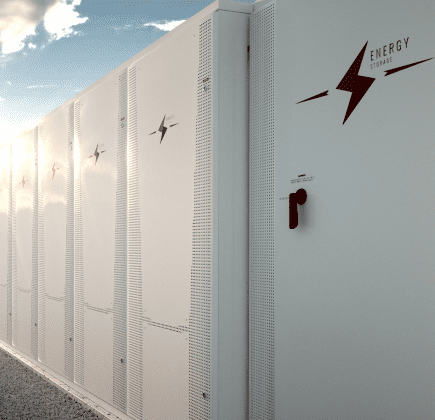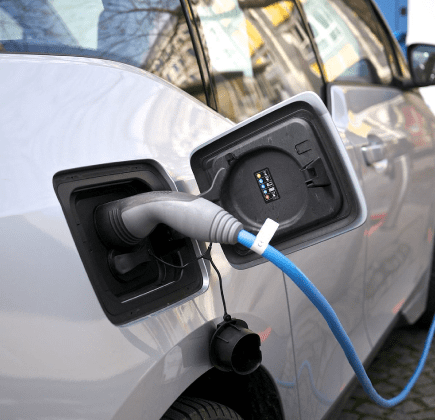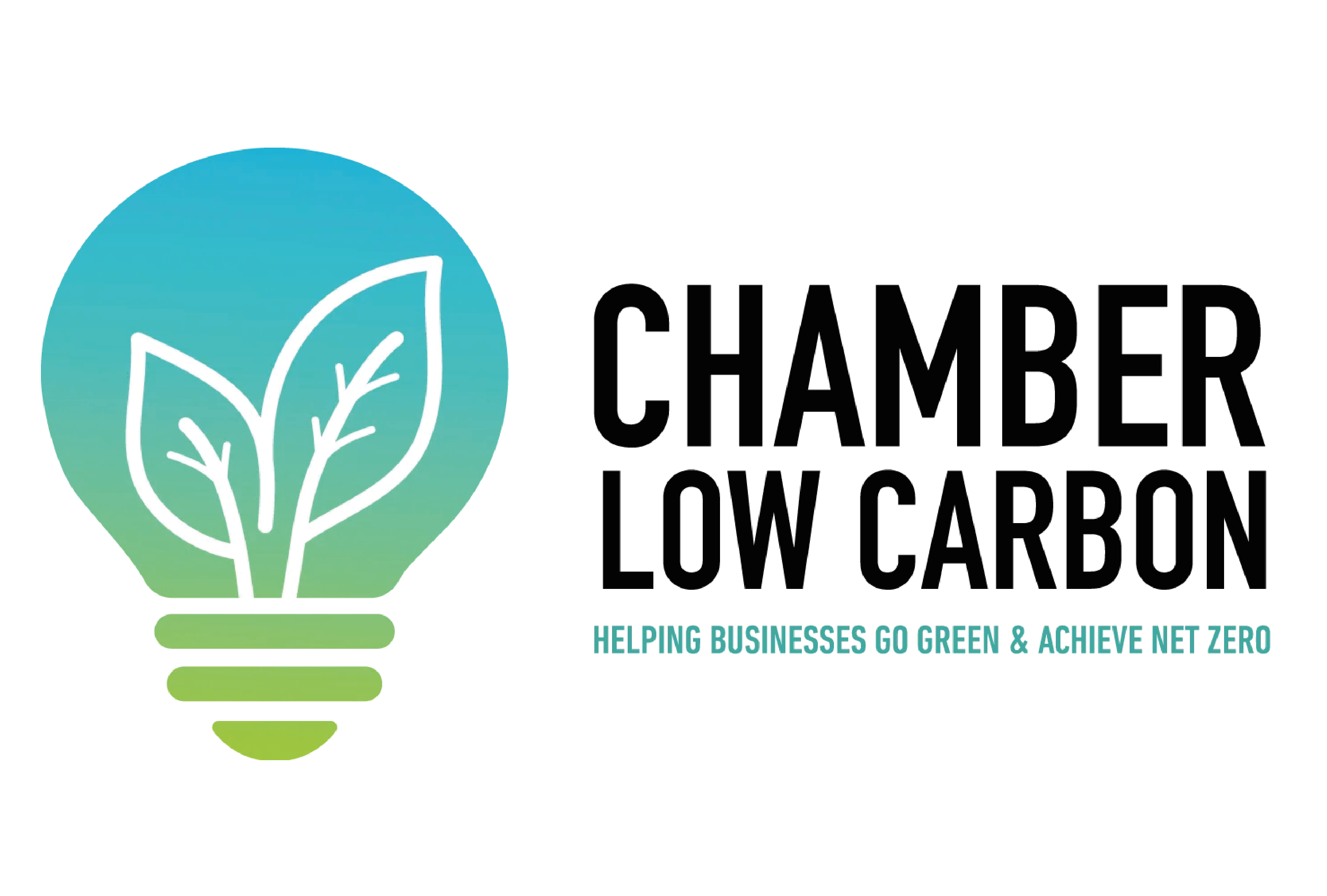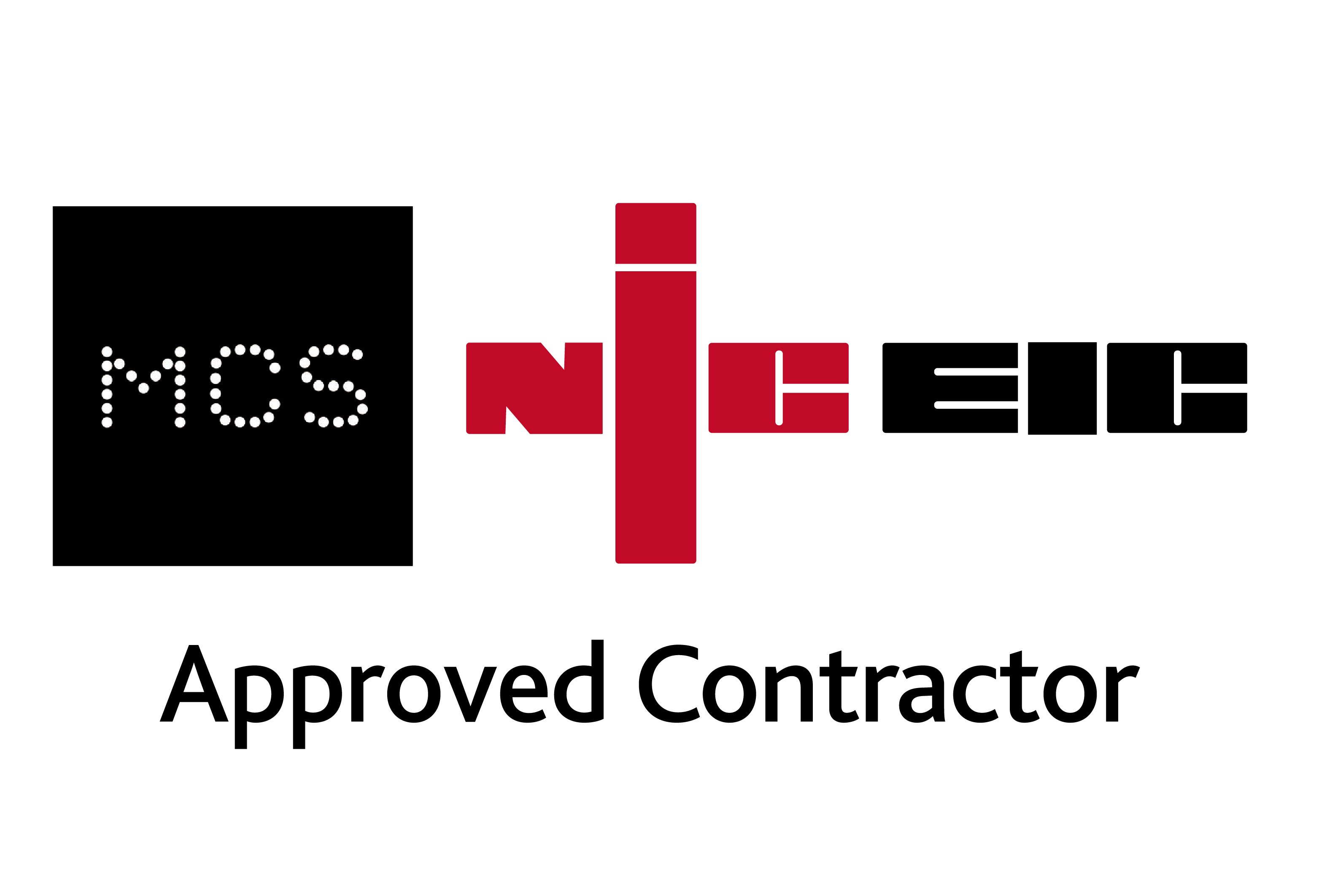
How will UK offices adapt to a more sustainable ‘new normal’?
Over the past year or so, there’s been a lot of talk about the ‘new normal’. Along with lockdown, social distancing, and self-quarantine, it’s become one of those now-ubiquitous terms to have entered the national lexicon since the onset of Covid-19. But while the other terms are closely associated with managing the crisis itself, the new normal has more optimistic connotations, focused on how we can adapt to life after the immediate danger has passed.
Today is a particularly significant day for the UK, as the latest round of lockdown restrictions is lifted, and the nation celebrates a step closer to the way things were before. But of course, not everyone wants everything to go back to exactly the way it was before. As devastating as Covid-19’s economic impact has been, it’s provided a valuable opportunity for positive change; a chance to pause, reassess, and ultimately shift away from resource-intensive and energy-intensive ways of operation, instead embracing greener and leaner alternatives.
We’re now at a pivotal moment in the nation’s economic recovery from Covid-19. As more businesses welcome their employees back into offices up and down the UK, executives and CEOs will no doubt be considering how these workspaces need to change, accommodating new attitudes, new technologies, and new ways of working, as part of their wider effort to adapt to a post-Covid world.
Now, commercial solar panels provide just one way of transforming traditional offices into more efficient, low-carbon premises. But what else can we expect to see?
Shifting to a different way of working
If we’re talking about the ways in which offices are going to change, it makes sense to start with one of the biggest, and that’s the issue of home working. The increasingly digital nature of our society means that working from home was already on the rise before the pandemic, but Covid-19 undeniably turbocharged that shift – not least because of the fact that for countless companies, home working was the only way they were able to continue operating their businesses. And once these companies have had the opportunities to enjoy all the benefits that home working can bring, it makes sense that not all of them are planning to revert back to the way they were working before.
The stats back this up. The KPMG Outlook Pulse Survey for 2021 polled 500 chief executives and found that a fifth of them are now predominantly looking to hire remote workers, while a third of them are considering a hybrid model of working. This generally involves routine solo tasks being completed by individuals from home, with the office being used more for collaboration and group work.
Saving on costs
For executives and decision-makers, this shift is being driven in large part by a need to reduce costs. The UK economy contracted by 9.9% during 2020 – the sharpest year-on-year contraction for about 300 years. To cope with the initial impact, and the continuing fallout, more and more businesses are looking for ways to run leaner and more efficiently.
Home working offers one useful avenue for this. With fewer employees in the office at a time, businesses can afford to downsize into smaller and less energy-intensive office spaces, and / or consolidate their multiple sites into a single location. Smaller and fewer offices generally mean lower energy bills and lower carbon emissions, allowing businesses to make savings on their overheads without a corresponding loss in productivity.
Unsurprisingly, it’s a change being broadly supported by a the wider workforce too, with more employees wanting to continue remote working, at least to some degree. It’s not hard to see why – the increased flexibility simplifies a whole range of life’s everyday challenges, such as childcare and transport.
Saving on emissions
A more flexible workforce also allows its employer to make savings on emissions too. The latest statistics from the government’s Department for Business, Energy and Industrial Strategy noted that business sector emissions dropped by as much as 8% in 2020. It’s not a zero-sum game though, as official statistics also recorded a 2% increase in domestic emissions in the same timeframe. It’s also probably going to be notoriously difficult for businesses to effectively measure the emissions produced from remote workers, so there are fears from companies like Bulb and EcoAct that UK businesses could be at risk of under-reporting their annual emissions by as much as 470,000 tonnes. If companies are truly committed to tackling their emissions, they’ll have to find ways of effectively measuring this output, such as with specialist accounting tools.
How physical offices may change
OK, so up until now we’ve mainly been focusing on the changes to business models, and how companies will work. So now let’s look at how the spaces themselves are likely to change. We’ve already touched on a bit of it above – future offices are likely to place far more emphasis on collaborative spaces and meeting rooms where employees can meet and share ideas.
‘Hot desking’, in which a single workstation is used by multiple people throughout the day, is already on the way out, especially since it was specifically highlighted by government guidance as a potential risk factor for spreading coronavirus. Even once Covid-19 is more fully under control in future, hot desking is unlikely to make a comeback, as it’s often used for solo or routine tasks that people will probably prefer to do from home instead.
Availability of Net Zero carbon offices will ‘increase significantly’ in the next five to ten years, according to experts like Lora Brill, the head of ESG for commercial property manager Orchard Street. Naturally, commercial solar is probably going to be a prominent feature of such properties, especially since continual monitoring and analysis of new systems and technologies will be more important than ever to ensure effective optimisation of energy usage.
Natural vistas and high-tech self-sufficiency
So, what else can we expect from high-tech green offices of the future? Well, we can see glimpses of it in buildings that exist already. PricewaterhouseCoopers, one of the world’s Big Four accounting firms, is investing £75m into its UK premises, aiming to create more open and collaborative spaces with fewer traditional individual desks. Its new Watford office, for example, has a designated garden space, social space and library area.
These sorts of green areas are likely to become commonplace, largely because they bestow tangible benefits on the workforce and surrounding environment alike. As far as employees are concerned, living plants and greenery can help to promote a sense of calm and tranquility that can be very useful for helping people to feel happier and more at ease – and happy workers are more productive workers. (These green spaces also double as places for them to relax on their breaks, too.)
Some more ambitious businesses are taking this one step further though, using their on-site natural life to make the buildings themselves more self-sufficient. Take One Embankment Place in London for example, also owned by PricewaterhouseCoopers. In recent years it was recognised as the most sustainable building in the world, and recycled vegetable waste oil was used to power the entire building.
Global banking giant Goldman Sachs has developed an eco-friendly office building in London notable for its green roof garden, which uses advanced rainwater harvesting and filtration systems to reduce water consumption.
We realise we’re at risk of making this sound like an advertorial for massive London corporations at this stage, so we’ll spare you the exhaustive detail on what’s gone into the development of these buildings! We also recognise that they’re both obviously quite extreme examples, and not every business will have the resources or the ability to enact such dramatic transformations with such sophisticated technologies on their own premises. But it does help to provide an insight into exactly what can be achieved, and what the future might hold for the commercial sector once these technologies become even more widespread and affordable.
It’s worth us noting, of course, that plenty of low-carbon technologies are pretty affordable already, and costs are going down all the time. Just this year, solar energy was named as the cheapest form of energy in history, according to the IEA. That means if you’re looking to improve the sustainability of your own offices, transforming your energy supply is a great way to start.
And that’s exactly where we can help here at Low Carbon Energy. With more than 30 years of combined expertise, we know exactly how to help your business achieve its Net Zero ambitions with commercial solar panels. We’ve already completed plenty of large scale projects for high-profile clients, including Haven Power and Boeing. You can check these and more in our case studies – or, to find out more about how we can help you, feel free to give us a call today on 01282 421 489!
 Energy Technology
Energy Technology

Powering your present. Preserving your future.
Call us on 01282 421 489

strategy be a priority?

